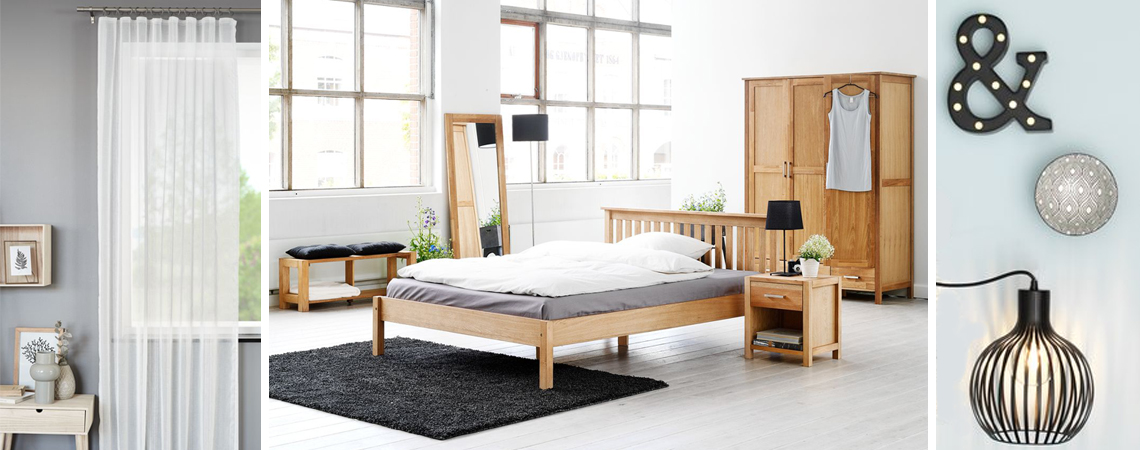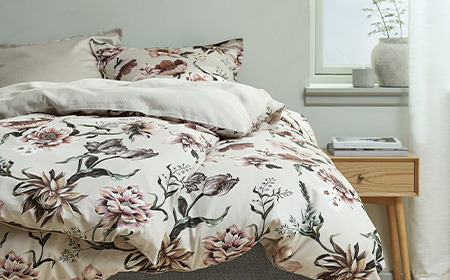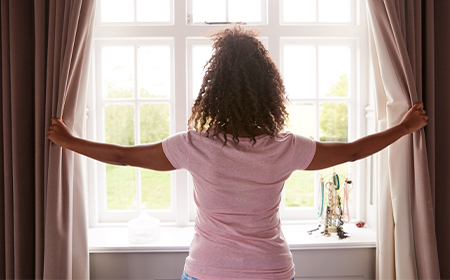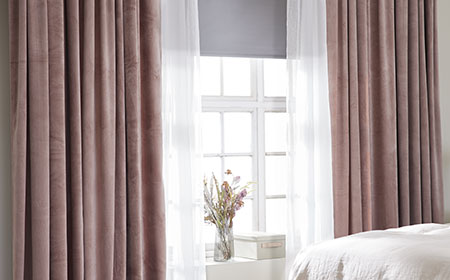In most homes the bedroom is often a multi-functional room, serving not only as a room to sleep in but also as a dressing room or an office for example. Therefore, you should combine several light sources if you want to achieve the best bedroom lighting. Read on to find the best light sources depending on how you use your bedroom.
3 light sources for the very best bedroom lighting
Generally speaking, you will need at least three different sources of light to achieve the best bedroom lighting:
- General light
- Brighter light with good colour rendition
- Warm, concentrated light
1. General bedroom light
General light in the bedroom is great if you need a lot of bright. If you're working in your bedroom, putting on your make-up, then this kind of light is the best. The best way to get this type of light is ceiling light, especially if the light disperses throughout the entire room.
2. Brighter light with good colour rendition
Colour rendition is measured by 'Ra value', which expresses how well a source of light renders natural colours. Daylight/natural light has an Ra value of 100 and provides the perfect colour rendition. Therefore, if you want optimal natural light in your bedroom then opt for white or sheer curtains to allow an element of privacy but for plenty of light to get in during the daytime.
Bright light that provides the very best colour rendition is an advantage near a wardrobe. One good solution is to install spotlights near a wardrobe. LED spotlights have a very high Ra value, and are also very energy efficient.
3. Warm, concentrated light near the bed
A reading lamp by the bed should transmit warm, reddish light to reduce your body’s production of the sleep hormone melatonin. It might be a good idea to buy a special bulb with a warm, peaceful light for your bedside lamp. Concentrated light is also a good idea as the light does not spread throughout the room, therefore not disturbing your partner.
Blue light in a bedroom works against sleep
Light has different colours, which affects your body in different ways. In broad daylight, natural light has a cold, bluish colour. Therefore, you need to reduce the quantity of blue light in the bedroom because it deceives your body into thinking it is daytime.
This is why bedroom lighting should be warm and reddish. Unlike blue light, red light does not work against your sleep and is an obvious colour of light for your bedroom. Smartphones and iPads give off a bright, blue light that disturbs your sleep, hence why you should try to avoid any screens before bed. Read more about how light from iPads and smartphones impacts your, and your child’s sleep.





